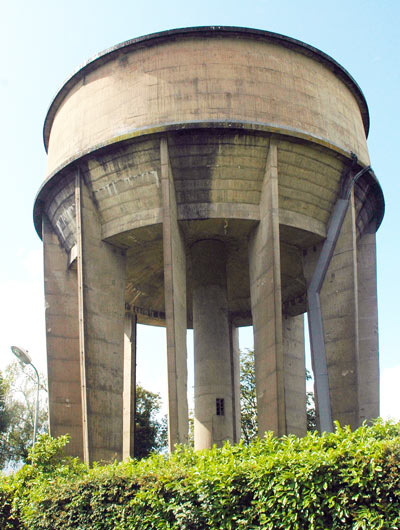- The quality of drinking water from public supplies remains very high, with over 99.7 per cent of samples compliant with bacterial and chemical limits.
- The number of people served by “at risk” public water supplies has increased again in 2023 to 561,000, up from 481,000. This is primarily due to detections of persistent THM’s and cryptosporidium.
- The number of long-term boil water notices was 46 in 2023, almost double the number in 2022.
- One in twenty supplies failed to meet the THM standard in 2023.
- Progress to remove lead from our supply networks to protect public health is far too slow.
The Environmental Protection Agency’s (EPA) ‘Drinking Water Quality in Public Supplies Report 2023’ released today, shows that over 99.7% of public water supplies comply with bacterial and chemical limits, which means our public water is safe to drink.
However, many supplies still lack robust treatment measures to guarantee their long-term resilience and safety. The EPA’s Remedial Action List (RAL) identifies “at-risk” supplies that require improvements to safeguard public health.
In 2023 there has been a further increase in the number of people served by supplies on the RAL (up to 561,000 – from 481,000).
While it is positive to note that ten supplies were removed from the RAL following improvement works, the EPA – through enforcement and assessment activities – have identified a further nine “at-risk” supplies that were added, primarily for THM and Cryptosporidium exceedances.
Good progress has been made in other areas such as disinfection, progression of the Drinking Water Safety Plan approach and making the lead remediation grant easier for the public to access.
Launching the report, Dr Tom Ryan, EPA Director said: “Our public water quality remains very high, which means that the public can remain confident that drinking water supplied to their homes is safe to drink. However, the resilience of drinking water supplies isn’t robust enough as evidenced by more “at-risk” supplies being identified by the EPA, and an almost doubling of long-term boil water notices in 2023. Implementing the findings of Drinking Water Safety Plans will be crucial to improve the resilience of supplies- this will require corresponding sustained investment in water services to continue to provide the people of Ireland with a safe and secure supply into the future.”
One in twenty supplies failed to meet the Trihalomethane (THM) standard in 2023 and supplies on the RAL for THM’s are impacting almost 300,000 people. Greater effort is needed by Uisce Éireann to implement improvements at supplies, to minimise exposure to THM’s, including at major supplies such as Limerick City, and Kilkenny City.
With regard to lead in drinking water, Mr Noel Byrne, EPA Programme Manager, said: “Lead in our drinking water is a cumulative risk to human health and must be removed from our drinking supply network. Despite Ireland having a National Lead Strategy in place since 2015 progress to date has been far too slow. Uisce Éireann must accelerate the rollout of their lead mitigation plan to deal with the public supply network; the Department of Housing, Local Government and Heritage and Department of Health must outline their plans for lead replacement in public buildings and householders with lead pipes in their homes should avail of the enhanced lead remediation grant scheme to protect their health.”
In 2023, boil water notices impacted 254,000 people. Half of boil water notices were in place for more than 30 days, nearly double the number from 2022. This recent trend of significantly more long-term boil water notices needs to be reversed by Uisce Éireann and requires proactive measures to address the underlying causes and improve the resilience of these supplies.
The EPA Drinking Water Quality in Public Supplies 2023 Report and the complete list of public water supplies currently on the Remedial Action List – including details of the proposed remedial measures and associated timeframes – are available on the EPA website linked above.


Leave a Reply